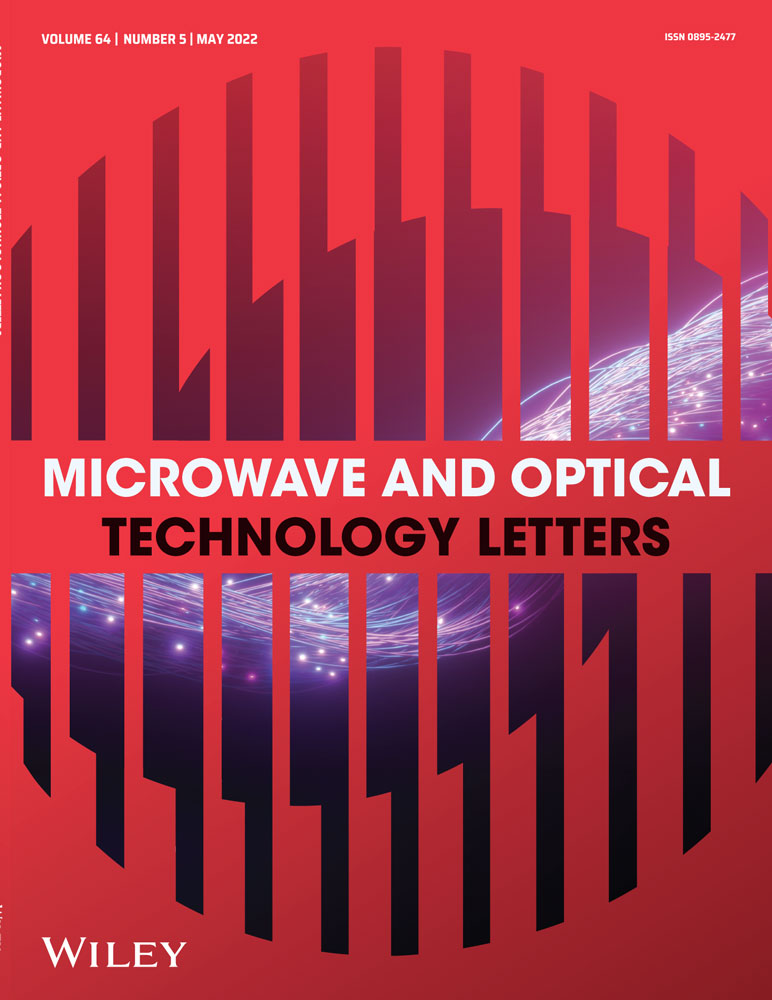A linear wide-angle scanning phased array based on pattern reconfigurable elements
Abstract
A wide-angle scanning phased array based on pattern reconfigurable elements is proposed. There are seven metallic cylinders arranged on both sides of each unit separately to improve the isolation. The design of metallic cavities instead of a ground plate and cooperating with cylinders ingeniously solved the inconvenience of DC bias supply, significantly reducing the size of the antenna element and the entire system, and also the coupling between elements. The 3 dB beamwidth of the joint pattern generated by the pattern reconfigurable technology covers 217° in H-plane at 5GHz. The phased array can scan from −75° to 75° in H-plane, with gain fluctuation within 1 dB. The phased array processes a high-aperture efficiency of 75.76%. The measured results of the phased array prototype agree with the simulation.
Open Research
DATA AVAILABILITY STATEMENT
Data sharing not applicable to this article as no datasets were generated or analysed during the current study.




